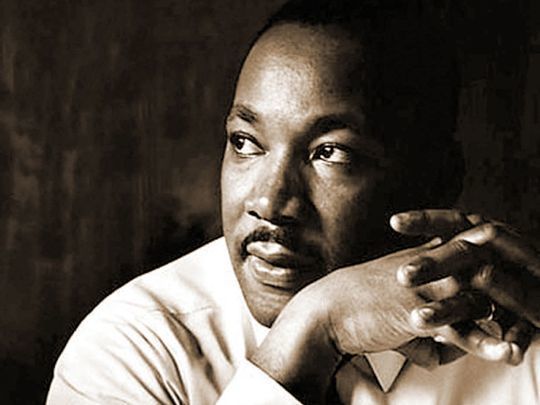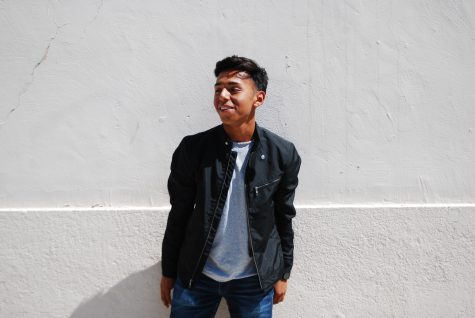The other shot that changed a nation

January 22, 2019
On the evening of April 4, 1968, Dr. Martin Luther King Jr. was shot and killed on the balcony of the Lorraine Motel in Memphis, Tennessee. He was 39 years old.
James Earl Ray pleaded guilty to the assassination in 1969. After the death of the civil rights leader, the United States changed. 125 American cities exploded in violence after King’s death. In Washington, President Lyndon B. Johnson ordered 4,000 army and National Guard troops to cordon off the White House. Nationally, 70,000 military service members and National Guardsmen were deployed in 29 states. Black Power activists, most notably Stokely Carmichael, openly called for political revolution following King’s assassination, citing his death as the end of nonviolent civil disobedience as a strategy for social change.
King’s death did not end the civil rights movement either or signal the defeat of efforts to reimaginge American democracy on behalf of the poor, unfortunate , imprisoned and suffering. In fact, these movements proliferated during the first half of the next upcoming years, in many ways institutionalizing themselves into the fabric of liberal democratic capitalism through legislative protections for children’s health insurance, the environment, the mentally and physically ill, and many other disadvantaged groups.
Back in 1955, Dr. King became heavily involved in the Montgomery, Alabama boycott of the city buses, which was spurred by the bus company’s insistence that African Americans only ride in the back seats. King’s support drew much attention to the cause and rallied many supporters even outside of the Montgomery area, which put pressure on bus companies all over the south to examine their own rules, and eventually, to change them. King’s prominence in the civil rights movement gained the respect of many political leaders, and gave him the potential power to enact major change. This is something that still impacts society today.

